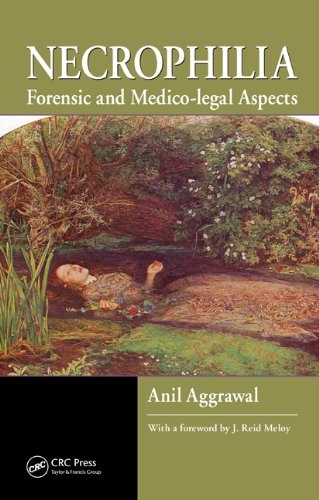View Larger Map
If you are considering where to go on holiday this summer, why not go to Kringa in Croatia?
In recent years this village has embraced the legacy of its local 'vampire', Jure Grando (often spelled: Giure Grando), made famous by Johann Weichard von Valvasor. You can visit a museum dedicated to him, Muzej Jure Grando, have a 'vampire menu' at the Tavern Danijeli before going to the Vampire Café for 'vampire cocktails'. And you can even stay at the Villa Jure Grando, which claims to be 'well stocked with garlic and holy water'!
Jure Grando supposedly haunted the village from his death in 1656 and until his corpse was decapitated in 1672. Valvasor writes:
'Im 1672ten Jahr hat man gleichfalls / zu Krhing in Isterreich / dem begrabenen Leichnam deß Giure Grando einen Pfahl durch den Leib zu treiben / sich bemühet; weil aber der Pfahl in den Leib nicht hineindringen wollen / ihm den Kopff abgeschnitten. Solches verwegenen Stückleins haben sich Ihrer Etliche unterfangen: nemlich der Micolo Nyena, der Stipan Milasich, der Miho Raderich, Mattio Chericatin, Nicolo Macina, Jure Macina, Juira Sorsich, Martino Udereicich, und Micula Crairær. Dem ersten aber ist da Hertz entfallen / also / daß er / den todten Körper anzugreiffen / allzu verzagt worden. Worauf sich der Andre drüber hergemacht / und den Kopff herabgescnitten ; und der Dritte das Krucifix dabey gehalten. Wie dann diese alle drey noch am Leben seynd. Wovon wir unten / in dem Buch / darinn von den Crainerischen Städten / gehandelt wird / einen umständlichern Bericht / bey Beschreibung deß Marckts Kreinck / thun wollen: weil sich unterschiedliche sehr merckwürdige Sachen dabey ereignet haben / die wir allhie auslassen / und an diesem Ort nur den Handel bloß berühren.'







